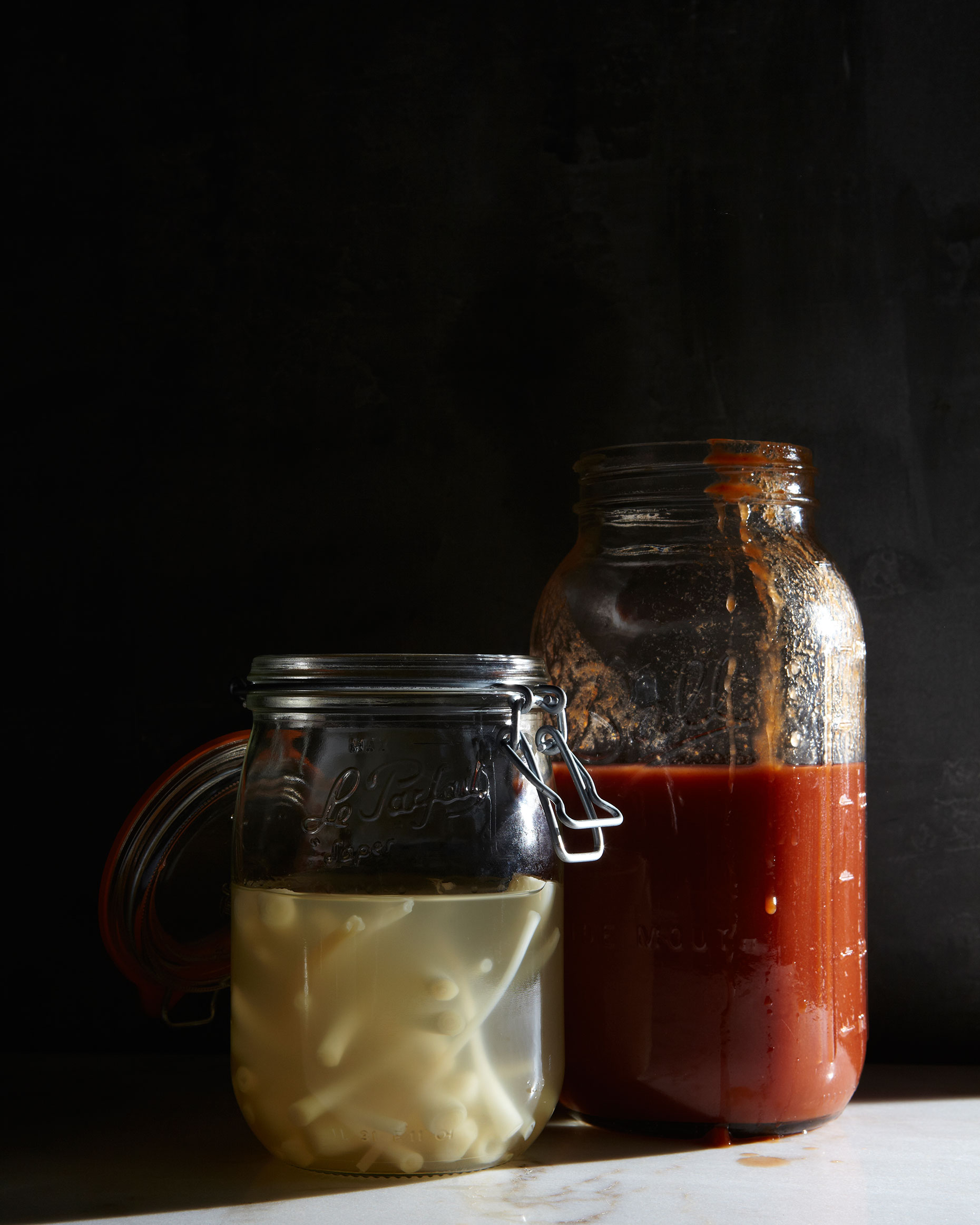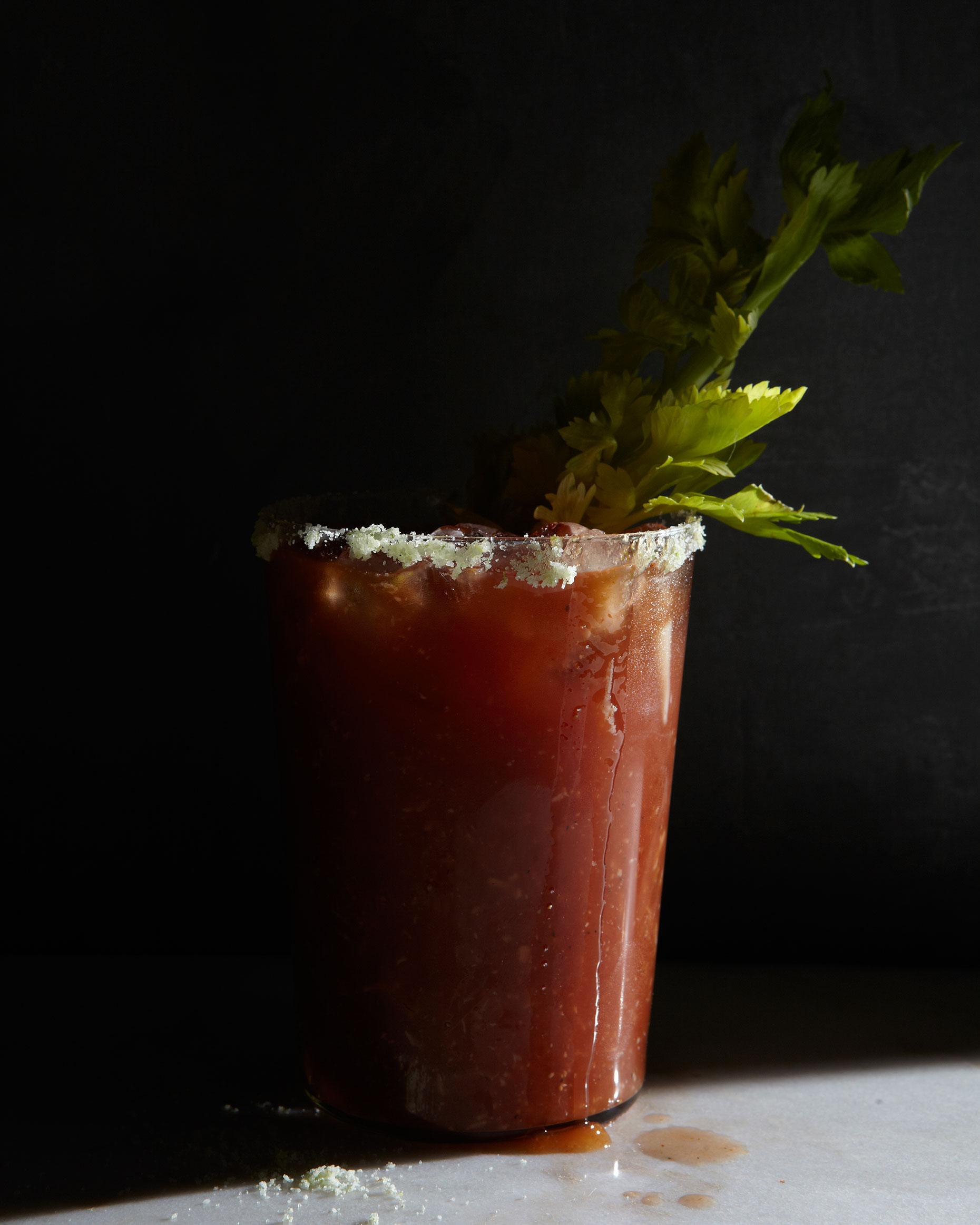Looking back at my ramp posts from last year, I realized that I never posted a recipe for nettle and ramp butter. I posted the photos but not the recipe.
http://www.hungryghostfoodandtravel.com/new/2012/4/5/where-the-wild-things-are-no-14-nettle-and-ramp-butter.html
Since the season is in full swing I thought I would share my recipe with you. I know some of you are probably so sick of ramp but I love it. Ramp has such a fleeting season. Every year I find there is more I wish I had done with it than the year before but I seem to feel that way about all the fleeting veg, wild or otherwise.
I noticed at the farmers market this past week that some of the farmers selling ramps were offering up some ramp butter. Most of the ramp butter at the market was a compound butter, which is a mixture of butter and added ingredients, like ramps, herbs or lemon. You may have had maître d’hotel butter on your steak frites? This is a compound butter.
The ramp butter I have been making is essentially a compound butter but I make it in a different way and it is a lot stronger than the ramp butter at the market. It is more complex and deep.
If you want to take the fast route, you can make a compound butter by adding chopped herbs or ramps to a stick of room temperature butter. You will want to mash the ingredients into the butter and fully incorporate them into the butter almost folding it over on itself again and again with a paddle or a wooden spoon.
Here is a nice tutorial on making compound butter from Serious Eats.
I make my ramp butter by whipping up fresh cream in the food processor along with chopped ramps or nettles and herbs, depending on what kind I am making.
I mix the cream and herbs at a high speed in my food processor until the butter starts to separate from the buttermilk. In a bout a minute’s time they will have formed a soft whipped cream cheese like spread. You could stop there if you would like and use it like a whipped butter but without separating the liquids from the butterfat it will not keep as long. I prefer to take it all the way to butter.
I pulse the cream and herbs until there are two bands visible through the sides of the processor. One will be a vibrant green liquid and the other will be the paler heavier fat of the butter as it separates. I keep pulsing the processor until the butter starts to slap the sides of the food processor.
The butter will appear grainy and clumpy at this stage and it will be sitting in a pool of liquid. This liquid is technically the buttermilk, but it is not like the commercial buttermilk that you buy in the store. It is much thinner. Commercial buttermilk is generally cultured and thicker.
You will want to drain off the liquid. If you are feeling adventurous you can reserve it for a later use. I made ramp buttermilk biscuits with mine.
Scrape all the butter into a large piece of cheesecloth and give it good twist. The buttermilk will spurt out onto the bowl below. Drain it off into your buttermilk reserve.
You will know you have drained most of the buttermilk once the butter starts to come through the cheesecloth.
At this point stop and proceed to the ice bath.
Take a large mixing bowl and fill it with ice cubes and cold water. Spoon the butter into the ice water and gently scoop it together with your hands until you form a ball.
Let it sit in the ice bathe until it firms up for a minute or so.
Rinse the butterball under cold water and set it in a shallow bowl.
With a wooden paddle or a large wooden spoon start to fold the butter over itself pressing down as you do so. You will be forcing any excess buttermilk out of the butter by this repeated action. You are also "working" the butter. This was essentially what a butter paddle was for. Keep doing this and draining off any excess buttermilk into your reserve.
Eventually the butter will be free of all buttermilk and you are ready to store it.
You can either form it into a log or wrap it in plastic wrap and parchment to freeze for later use or you can store it in an airtight container in your fridge, I like to use glass.
It will keep indefinitely either way. If you freeze a big batch you will have it all year to throw into pastas or on steak. It is so delicious and so very different from the standard ramp butter I have seen floating around. You might have to be careful to not eat it straight! It is that good!
I hope you don't find this daunting. It is really very simple and once you do it you will find yourself making all kinds of flavored butters or maybe just fresh spring and summer yellow butter.
Ramp Butter
1 pint of fresh cream
10 ramp greens
10 ramp bulbs
1/2-teaspoon salt
Chop the ramps and bulbs coarsely
Add the chopped ramps and the cream and salt together in the food processor.
Start your butter on high speed.
It will combine to a spread like texture within a minute or so. You can stop here if you want to use it like this.
At this point the buttermilk has not yet been separated from the solids.
I keep it going for another five minutes or so. You will at some point see the solids separate out from the darker green liquid (ramp buttermilk) in two bands along your processors edge.
I keep it going past this point until the butter starts to clump in small chunks and grains along the processors walls.
Continue following the instructions above.
Nettle Butter
1 pound of fresh stinging nettles
1 pint of heavy cream
1/2 teaspoon of salt
You can make nettle butter following the same basic instructions with a few exceptions.. Start with a pound of fresh nettles. Use gloves when washing.
Blanch the nettles until bright green. (30 seconds or so)
Remove with a slotted spoon and squeeze the excess water from the nettles until the form a ball of what looks like frozen spinach.
Coarsely chop the blanched nettles and add to 1 pint of cream and 1/2 teaspoon of salt
Follow the same steps as above.
Here is a much less long-winded post on how to make cultured butter from food 52
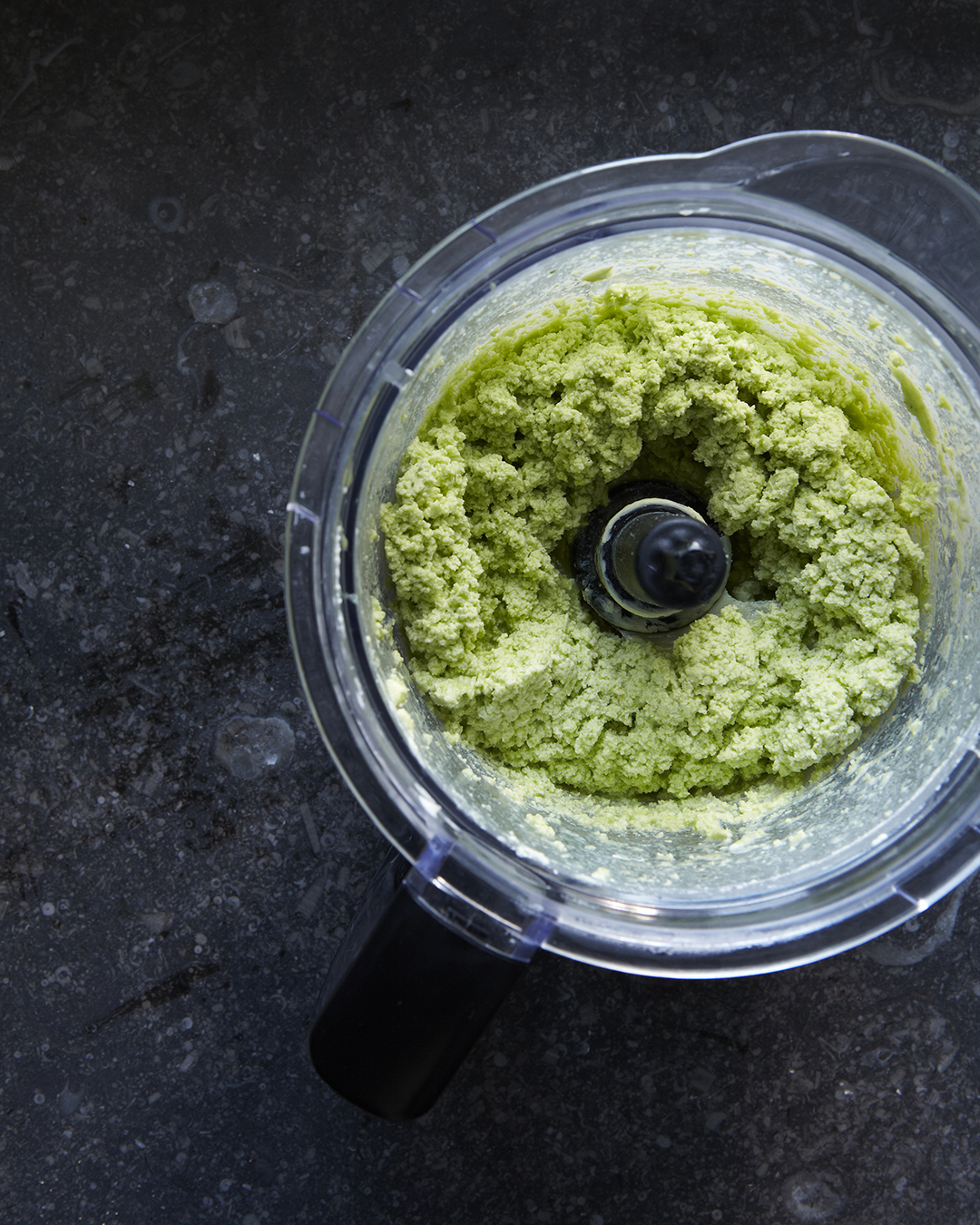
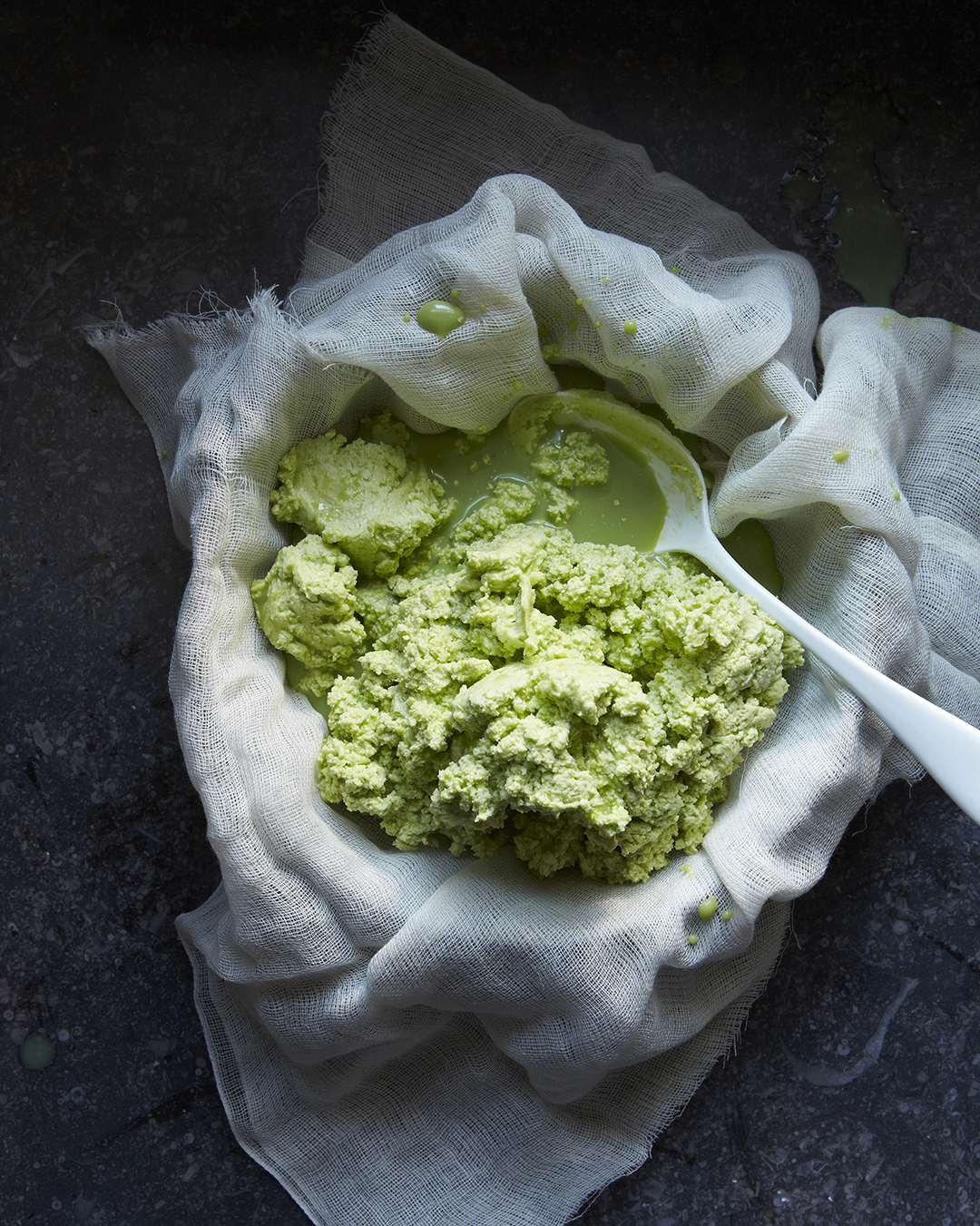
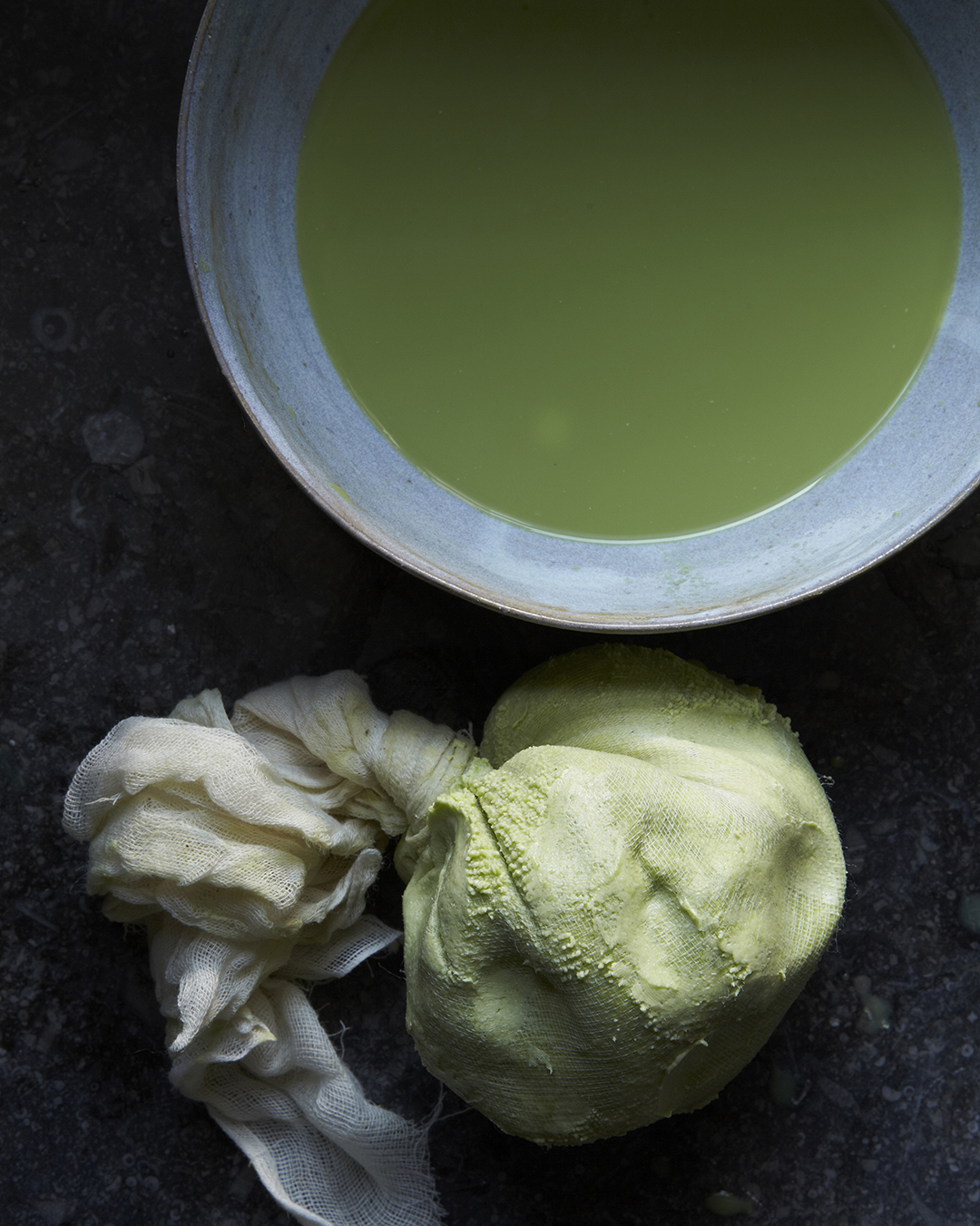
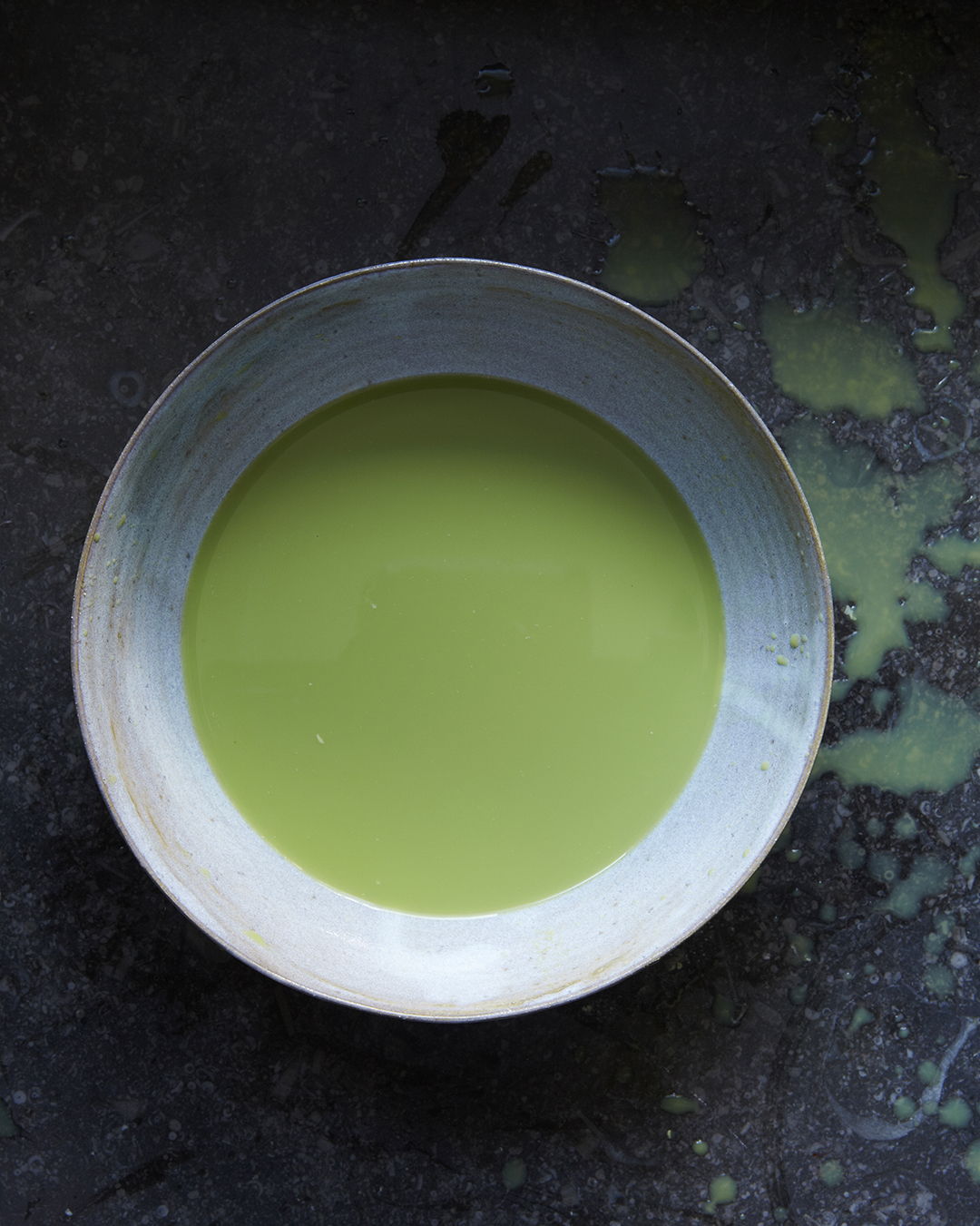

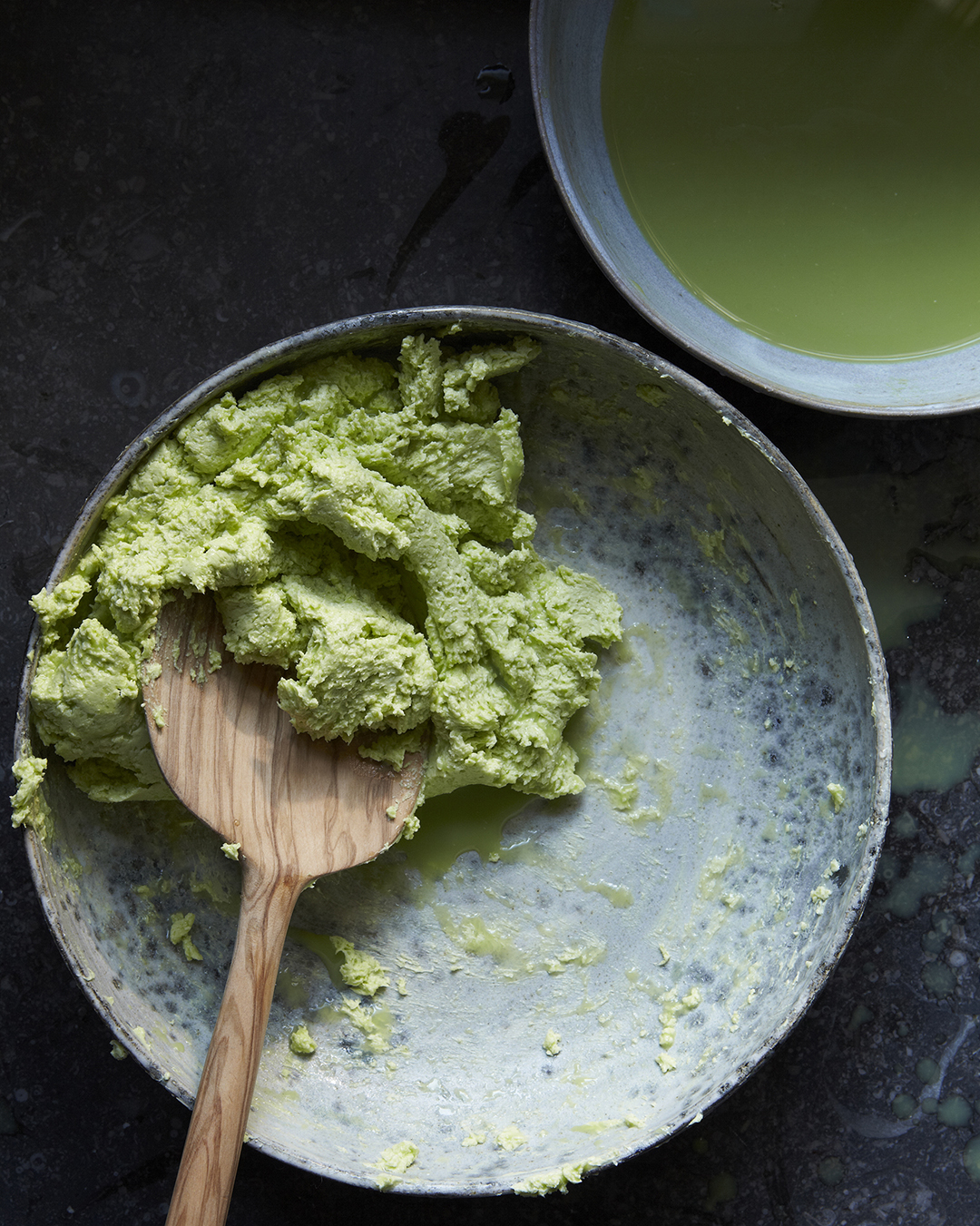
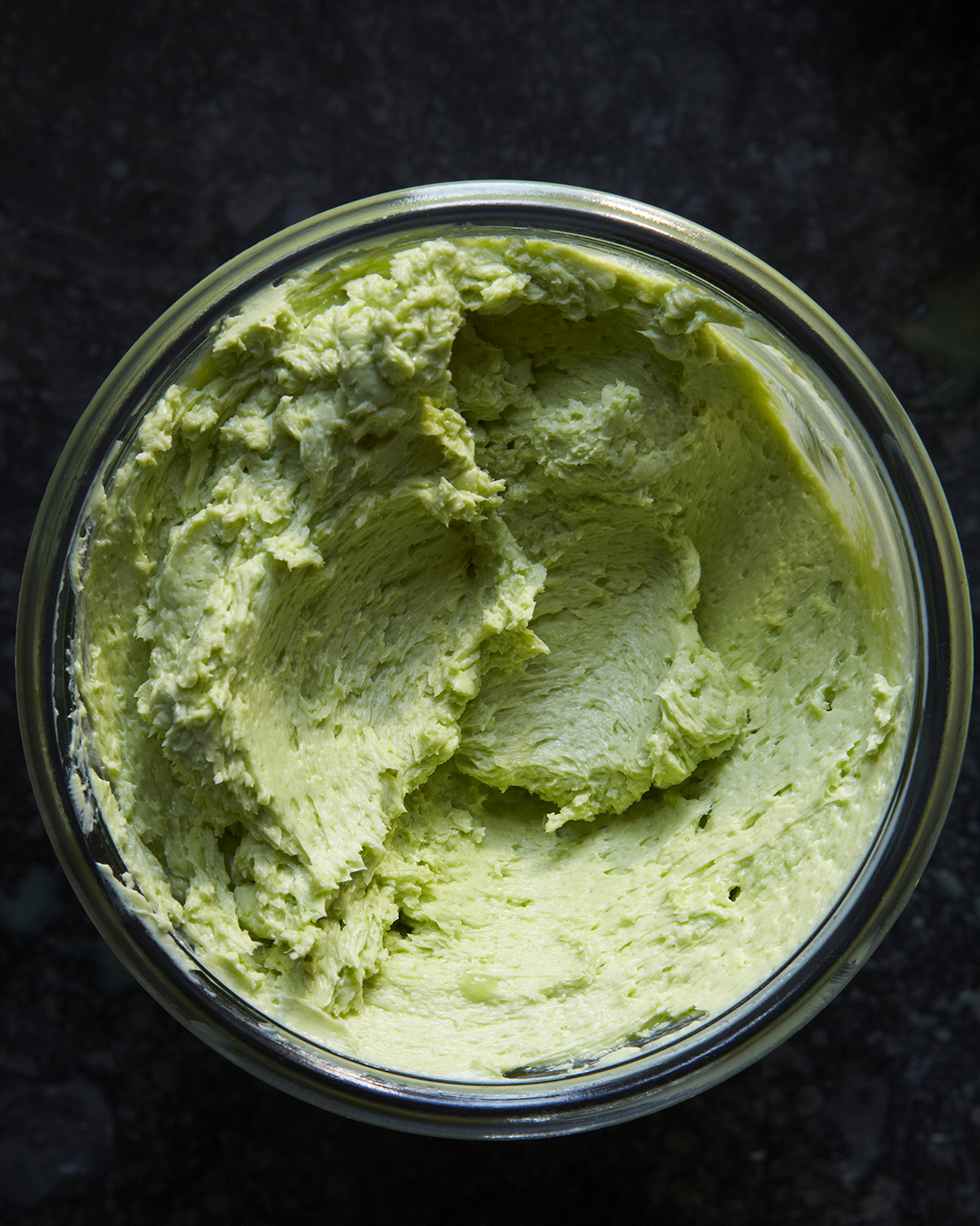
 05.30
05.30 
 farmers markets,
farmers markets,  green market,
green market,  lily of the valley,
lily of the valley,  spring,
spring,  spring flowers,
spring flowers,  summer in
summer in  flora and fauna,
flora and fauna,  spring,
spring,  summer
summer 
